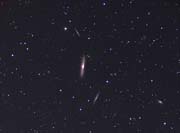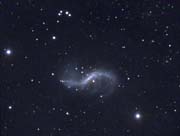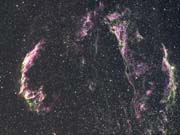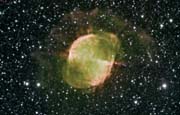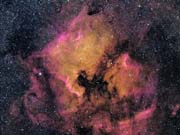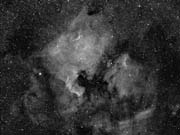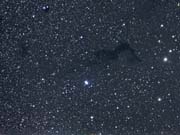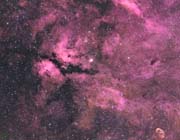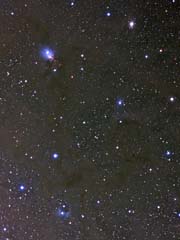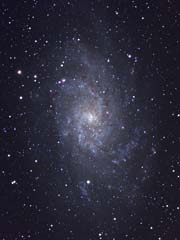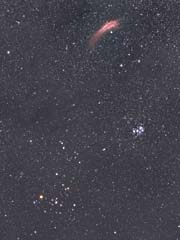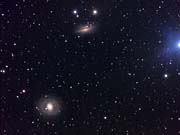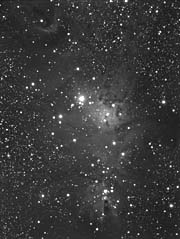The imaging situation at home has been disastrous this winter, What a lousy season, particularly here in the North East UK. I started this image at the beginning of January. Then on 1st March got some more data. Nothing in between, due partly to other engagements on the rare occasions the sky was clear, and of course the almost total lack of clear nights anyway!
Still just monochrome. And this target which is situated in Taurus just above the Hyades is soon going to have to wait until next season. It's dark nebula Barnard 22. Imaged 13 x 15 minute subs, QSI 683 wsg on TS65 Quad scope. So if we don't get a clear early evening before the Moon comes back, it's going to stay monochrome for a while! Larger size.
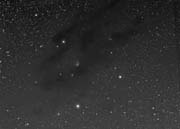
My annual spring stay at Kielder was blessed (!) with snow and cloud for most of the weekend. But Monday 11th March cleared for a few hours and I was finally able to obtain another luminance sub and colour data.. RGB each 5 x 10 minute subs binned 2x2, QSI 683 on TS65 quad.

